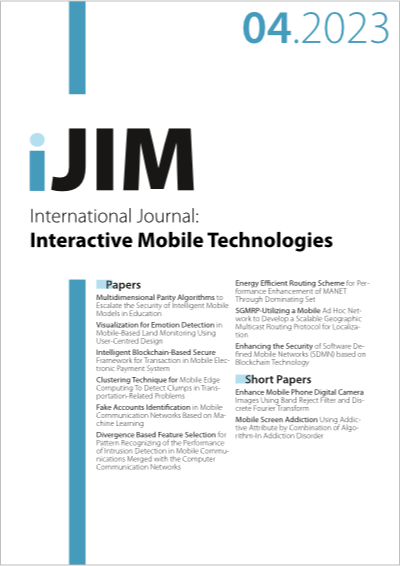Fake Accounts Identification in Mobile Communication Networks Based on Machine Learning
DOI:
https://doi.org/10.3991/ijim.v17i04.37645Keywords:
Social Media, SVM, Random Forest Classifier, Fake profile, Mobile network.Abstract
Fake accounts on online social networks are increasing today with an increase in the number of active social network users. Social media websites allow users to share thoughts, facts, views and re-sharing these into various networks. Social media platforms provide users with enormous valuable information but with this great amount of information in social media, many issues like fake profile, online hacking have also grown. The fake profiles in online social sites create fake news and share unwanted material which contains spam links that affect natural users. The massive issue in social media communication networks is spam and it is necessary to identify fake profiles to stop spam. In this paper, a supervised machine learning algorithm called support vector machine (SVM) is used to identify fake accounts on social media effectively. In order to automatically identify fake online profiles, Random Forest classifier is used with SVM. With this concept, it can be applied online easily to identify millions of accounts that cannot be examined manually. The result of this model is compared with other identification techniques and the results show that the proposed algorithm performs better with high precision and recall. This method efficiently safeguards social media networks from online threats and attacks.
Downloads
Published
How to Cite
Issue
Section
License
Copyright (c) 2023 Ahdi Hassan, Abdalilah. G. I. Alhalangy , Fahad Alzahrani

This work is licensed under a Creative Commons Attribution 4.0 International License.


